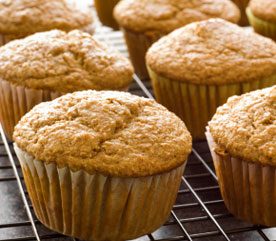
1. If You Can’t Eat Gluten, Try…
For people who are intolerant of gluten, a protein found in wheat, barley, kamut, rye, spelt and triticale, baked goods are verboten. Fortunately, people allergic to gluten needn’t go grainless. Buckwheat, corn, and other grains make excellent flours full of fibre and B vitamins. Make sure any grain you use is stored and processed in a gluten-free place.
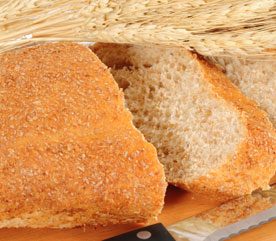
2. If You Can’t Eat Wheat, Try…
Relatively few people have an IgE-medicated wheat allergy beyond a very young age. But if you do have a wheat allergy, know that it’s one of the most powerful food allergies. The first step is to stop eating wheat and any food containing it such as wheat starch or soy sauce. To replace wheat, a good source of whole grain, choose whole, unprocessed wheat substitutes like cornmeal, brown rice or millet, which offer the same B vitamins and fibre.
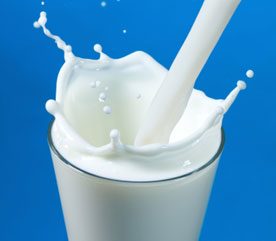
3. If You Can’t Eat Dairy, Try…
Milk doesn’t always do a body good. Although drinks like rice, almond and soy beverages taste great in place of milk over cereal or in coffee, they aren’t nutrient-to-nutrient matches with milk. So you’ll want to get plenty of calcium from other foods such leafy green vegetables, bony sardines, calcium-fortified orange juice or soy or rice beverages. Yogurt is also an option, since its good-for-you bacteria produce the very enzyme needed to digest lactose.
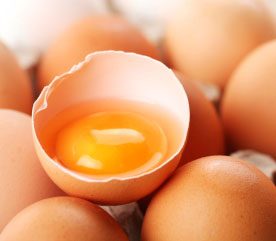
4. If You Can’t Eat Eggs, Try…
Eggs provide exceptional low-fat protein. Luckily fish, chicken and soybeans and other legumes do as well. To replace the binding, tenderizing, and leavening qualities that eggs add in baking, try ground flaxseed, bananas, tofu, prunes, and egg replacements.
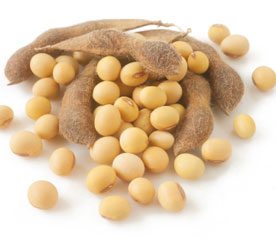
5. If You Can’t Eat Soy, Try…
A handful of different proteins in soy may cause allergic reactions. Reactions to soy include a rash, asthma, gastrointestinal symptoms, and anaphylactic shock. If you have to give up soy, you can still get more than your fair share of protein from fish, chicken, meat, nuts and dairy products.
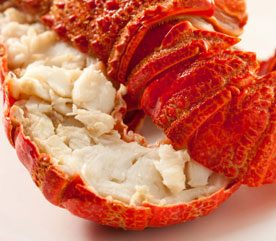
6. If You Can’t Eat Fish or Shellfish, Try…
Nothing’s fishy about an allergic reaction to fish or shellfish: It’s straightforward, severe, and can cause anaphylaxis. Seafood is a delicious low-fat source of protein. Luckily, most people with a fish allergy can still eat shellfish and more people with a shellfish allergy can still eat fish. If you have to avoid both, chicken, beans, and eggs can make up for the loss of protein from seafood.
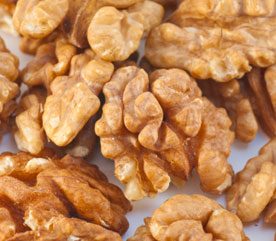
7. If You Can’t Eat Peanuts or Tree Nuts, Try…
Peanut and tree nut allergies are nothing to sneeze at. The most prevalent life-threatening allergies in children, they are caused by a reaction to proteins in the nut. While nuts are an excellent source of protein, low-fat dairy foods can make up for that lost protein. Fish and olive oil are als great alternatives.